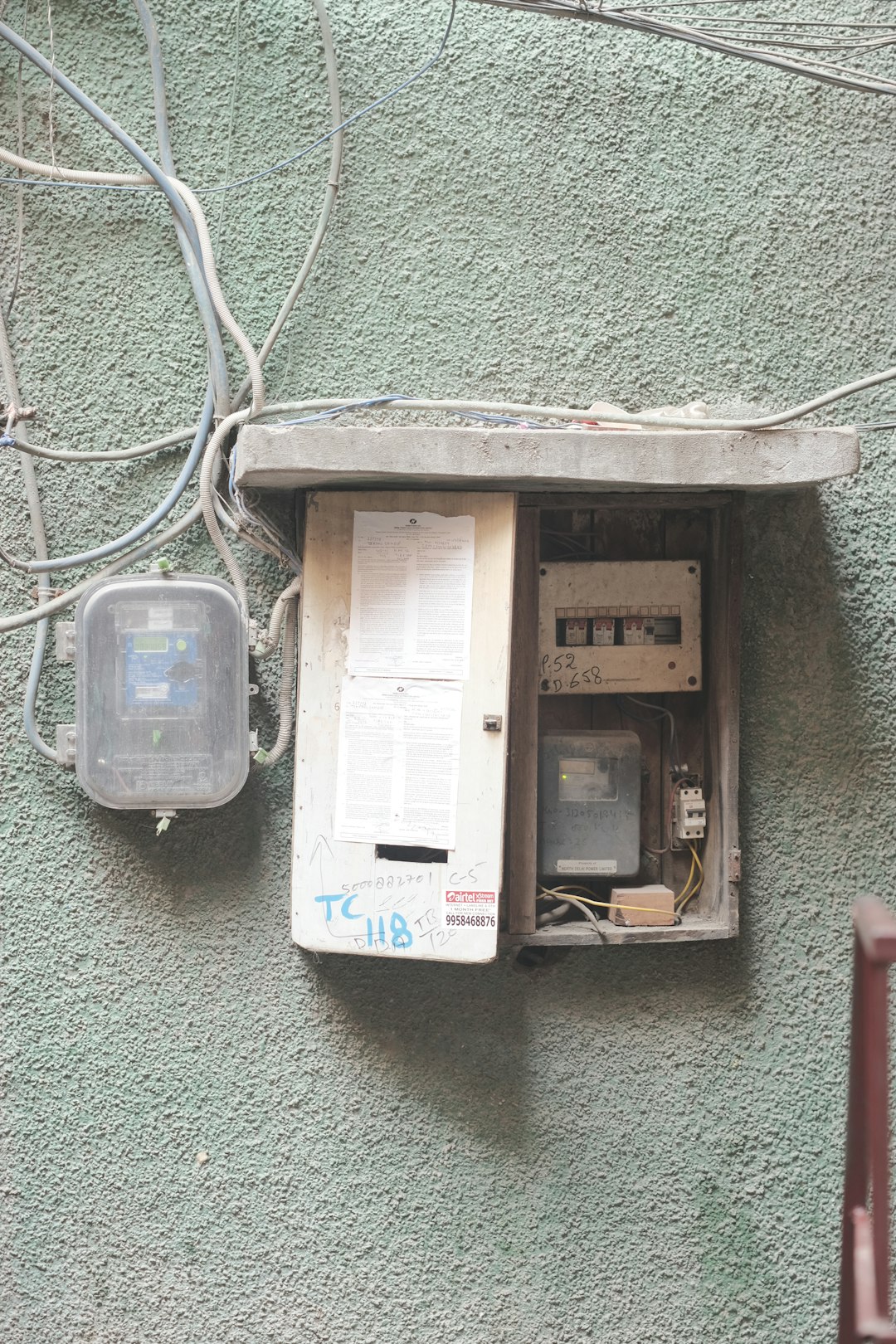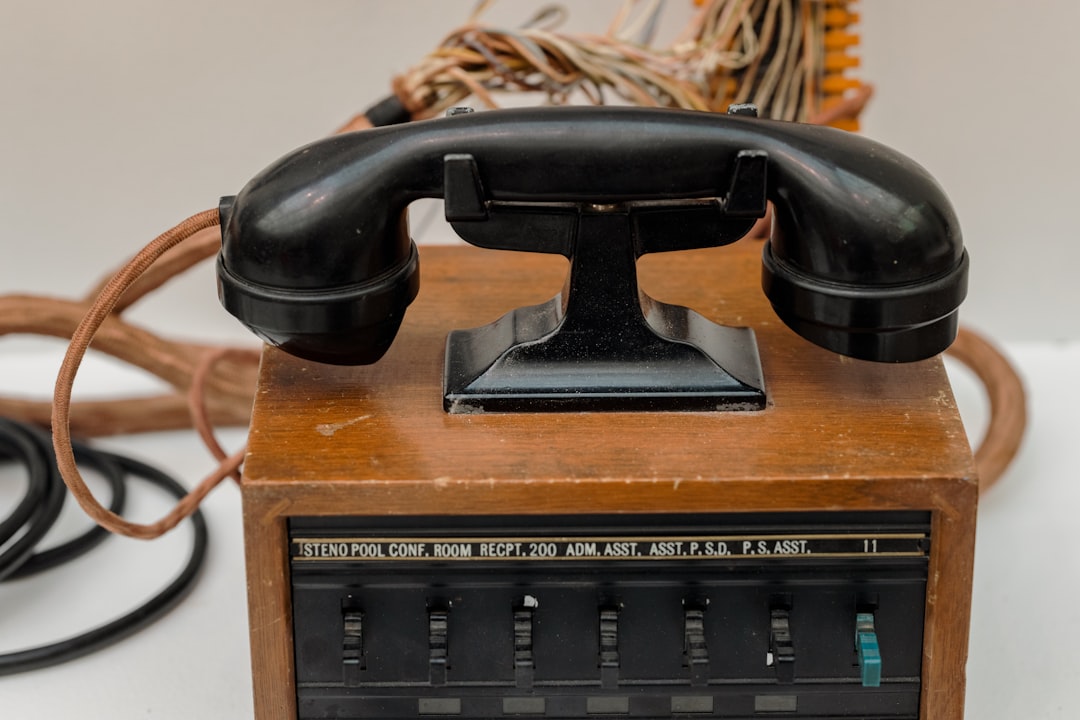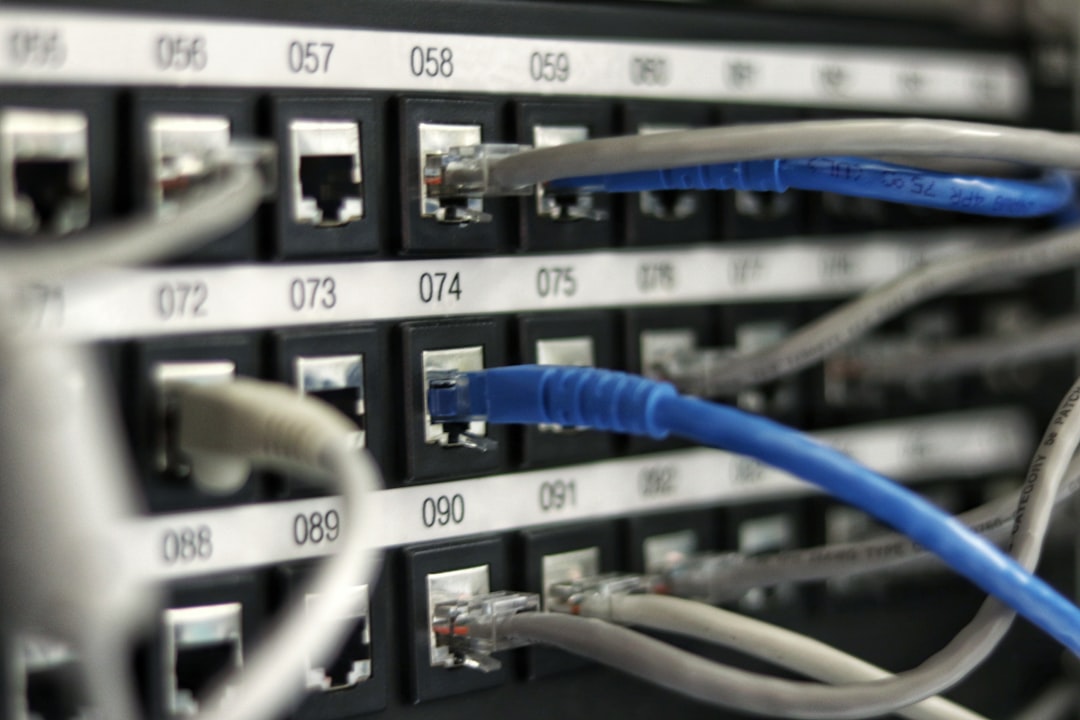Voice over Internet Protocol (VoIP) has revolutionized communication, offering a cost-effective and flexible alternative to legacy phone systems. Yet, one of the key questions for older buildings and infrastructure remains: is it viable to run VoIP over old wiring? In many commercial and residential spaces, reusing existing wiring rather than installing new Ethernet cabling presents an attractive option—but is it practical?
This article explores the *feasibility, limitations, and considerations* of leveraging older wiring infrastructure, such as Category 3 (Cat3), telephone lines, and analog setups, to carry VoIP signals effectively.
Understanding the Basics of VoIP and Wiring Types
VoIP requires an IP-based network to transmit audio signals between endpoints. Modern implementations typically rely on Ethernet wiring, specifically Cat5e or Cat6 cables. However, many existing buildings—especially those pre-dating the 1990s—still contain older types of wiring, such as:
- Cat3 cables — Rated for 10 Mbps transmission and originally designed for analog telephone and 10Base-T Ethernet networks.
- Twisted pair telephone wires — Often run in parallel with no shielding and intended only for analog voice communication.
- Coaxial cable — More common in video and cable internet distribution but occasionally repurposed for data transmission.
Although these systems were never designed with digital packet-based communication in mind, they can sometimes be adapted for low-bandwidth digital uses. Whether VoIP over old wiring is successful generally depends on *wiring integrity*, *network complexity*, and the *quality of the equipment* bridging the connections.
Technical Possibilities: What Can Work
There are specific scenarios in which VoIP over old wiring is feasible. For example, if a building has traditional Cat3 cabling in good condition, it may support 10 Mbps Ethernet with the help of modern switches and adapters. Since VoIP does not require very high bandwidth (a single voice stream typically uses 64 kbps for G.711 codec), this bandwidth may suffice under the right circumstances.
Adapters such as Ethernet-over-Twisted-Pair extenders or VoIP network extenders are commercially available. These devices allow older wiring systems to carry digital data signals, sometimes with surprising efficiency.

Additionally, some small businesses or households make use of *powerline adapters*, which transmit data over AC electrical lines. While not technically “old wiring” in the telephone sense, it is another method to avoid rewiring yet still achieve digital voice functionality.
Challenges and Practical Limits
Despite the theoretical possibilities, several significant limitations often render VoIP over old wiring unreliable or impractical over time. These limitations include:
- Signal degradation: Old wires often suffer from *oxidation*, *corrosion*, or *physical damage*, which can introduce high latency and packet loss—both enemies of high-quality VoIP.
- Electrical interference: Unshielded twisted pair wires are highly susceptible to electrical interference from noisy electronics or parallel AC lines.
- Limited support for modern protocols: Even if a signal can be transmitted, old wiring may not support the protocols necessary for modern VoIP systems, especially those requiring PoE (Power over Ethernet).
- No Quality of Service (QoS): One of the advantages of structured Ethernet networks is built-in QoS, which prioritizes voice packets. Older wiring generally cannot accommodate such traffic shaping features.
Performance can also become erratic across environments. A configuration that works for one floor in a building might produce dropped packets or jitter just one floor above, due to differing wire lengths or interference.

Workarounds and Solutions
Nonetheless, where re-cabling is cost-prohibitive or physically challenging, some mid-ground solutions can help:
- Using digital VoIP-to-POTS adapters: If the building contains analog phone wiring but modern VoIP endpoints are desired, VoIP-to-POTS converters can allow legacy wiring to transport analog signals from VoIP-enabled central hubs.
- Installing Centralized PBX to Gateway systems: Rather than wiring Ethernet to every phone, businesses might centralize VoIP traffic through a PBX system and branch it out through analog lines using gateway devices.
- Hybrid deployments with Wi-Fi: Strategically placing wired VoIP endpoints close to new Ethernet hubs and complementing them with softphone apps or cordless (DECT) systems can provide coverage without rewiring every room.
Each approach trades off reliability and quality for convenience and cost. Where voice quality is critical—such as in a call center or healthcare environment—these compromises may not be acceptable.
Best Practices for VoIP Over Old Wiring
If an organization or homeowner decides to pursue running VoIP over outdated cabling, a cautious and tested rollout is advised. Experts recommend the following:
- Conduct a thorough cable audit: Use test tools to measure attenuation, crosstalk, and resistance across wire runs.
- Start with a pilot area: Set up a beta test on a small portion of the wiring to observe real-world performance.
- Implement buffer and error-correction technologies: Devices that support jitter buffering and packet retransmission can mitigate minor issues.
- Avoid relying on the full copper run: Look for opportunities to shorten the wiring path or augment with Wi-Fi or powerline technologies.
Ultimately, whether VoIP over old wiring is practical depends on the structure’s age, cable health, budget constraints, and quality expectations. In many cases, a strategic mix of reuse, upgrade, and selective rewiring provides a balanced answer.
Conclusion: Know When to Upgrade
While VoIP over old wiring is technically possible under certain conditions, it requires a clear-eyed assessment of physical limitations, signal needs, and future scalability. In aging buildings where infrastructure upgrades are already overdue, biting the bullet and installing modern Cat6 cabling may offer more long-term value than continually troubleshooting legacy systems.
On the other hand, for low-demand environments or temporary solutions, leveraging legacy wiring creatively can serve as a bridge strategy—delaying major expenses while still achieving digital voice functionality.

Frequently Asked Questions (FAQ)
-
Q: Can VoIP work over standard telephone wiring?
A: It is possible using analog adapters or VoIP bridges, but the signal will not be purely digital and may suffer in quality. -
Q: What kind of old wiring is best suited for VoIP?
A: Category 3 (Cat3) wiring in good condition can sometimes support Ethernet-based VoIP with proper equipment. -
Q: What adaptations are needed to use old wiring?
A: Ethernet extenders, powerline adapters, or VoIP-to-POTS gateways are typical solutions for converting or adapting signals. -
Q: Is quality of service (QoS) possible over old wiring?
A: Not natively. QoS depends on networking hardware and protocol support, which old wiring lacks. -
Q: When should I just install new cabling?
A: If voice quality is critical, the environment is electrically noisy, or future scalability is important, new structured cabling is usually the better long-term investment.
I’m Sophia, a front-end developer with a passion for JavaScript frameworks. I enjoy sharing tips and tricks for modern web development.
